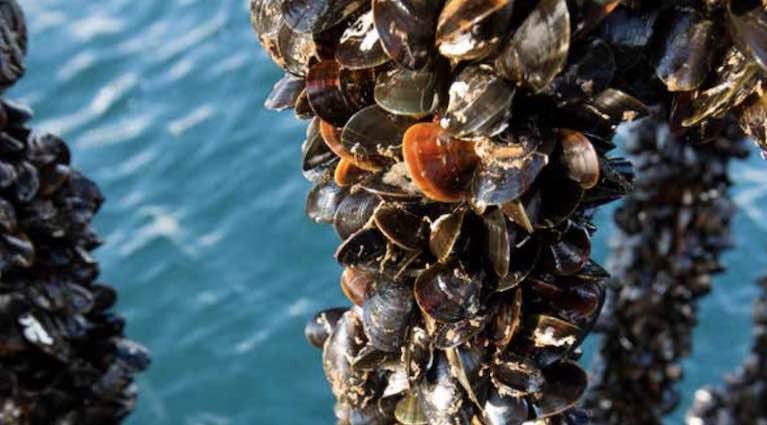Speaking at the IFA Aquaculture Webinar today Thursday 22 October, the Minister for Agriculture Food and the Marine, Charlie McConalogue T.D., announced a special Covid-19 financial support scheme for rope mussel and oyster farmers under his Department’s European Maritime and Fisheries Fund Programme 2014-20, co-funded by the Government of Ireland and the European Union.
Announcing the new support scheme, Minister McConalogue said, “Rope mussel and oyster farmers were significantly impacted in the first half of 2020 by the market access and price difficulties caused by the Covid-19 Pandemic. While these issues eased as the first wave of the Pandemic passed, the impacts of lost sales and production left a lasting financial burden on these aquaculture enterprises. Rope mussel farmers suffered a 34% fall in sales between February and June, while oyster farmers suffered a sales drop of 59%. The continued viability of these SME enterprises is jeopardised by these unprecedented shocks to their businesses, with many struggling to cover their fixed costs and to fund the cost of purchasing seed to grow their next crops.”
Minister McConalogue added, “I am announcing today a special support scheme for these oyster and rope mussel producers that will provide a fixed, one-off payment of between €6,800 and €16,300 to each eligible oyster farming business and between €1,300 and €9,000 for rope mussel producers. The payments will vary according to three size classes based on records of previous production levels held by BIM. I anticipate that BIM will be inviting applications in early November with a view to paying successful applicants in 2020”.
Rope Mussel & Oyster Farmers Only
The new Covid-19 Aquaculture Support Scheme will be available to rope mussel and oyster farmers only. Eligibility will be confined to those enterprises that had stock on site in 2020. Terms and conditions will include, inter-alia, compliance with aquaculture and foreshore licence conditions, tax clearance certification, and submission of returns to BIM of the Aquaculture Production and Employment Survey in each of the three years 2017-19.
For the purposes of the scheme, producers will be classified according to their previous production levels over the period 2017-19, based on three categories, 0 to 50 tonnes production, 50 to 100 tonnes and greater than 100 tonnes. The table below details the fixed one-off payments that will be offered to successful applicants and the number of enterprises expected to benefit.
|
Rope Mussels |
Oysters |
|||||
|
Historic Production |
0-50 T |
50-100 T |
>100 T |
0-50 T |
50-100 T |
>100 T |
|
No. enterprises |
16 |
10 |
24 |
82 |
26 |
23 |
|
Fixed payment |
€1,300 |
€3,600 |
€9,000 |
€6,800 |
€11,300 |
€16,300 |
Further details of the Scheme will be available from BIM shortly.



























































